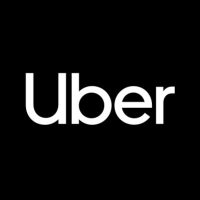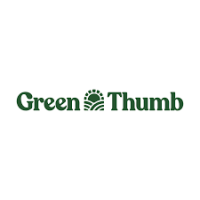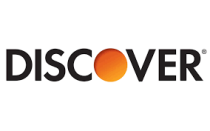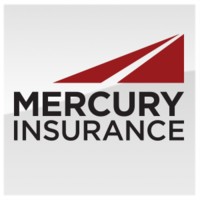
Uber Valuation
Industry:Technology/Transportation
Year Established:2009
Market:Operates in over 70 countries and 10,000+ cities worldwide.
Business Model: Connects riders and drivers via its app(largest growth), food delivery (Uber Eats) and logistics (Uber Freight)(declines a little). Takes a commission on transactions (usually 20–30%).
IPO: Went public in May 2019.
Recent Strategy Shifts: Focus on profitability after years of losses, Upfront pricing model boosted margins.
Heavy investment in autonomous vehicle partnerships nowadays, which was one of the main reasons(autonomous driving technology) for undervaluation of the company.
Controversies & Challenges:
Faced lawsuits and regulatory battles over driver classification.
Needs to provide more incentives to keep drivers.
Criticism over surge pricing, safety incidents, and early aggressive corporate culture.
Current CEO is Dara Khosrowshahi (since 2017), who replaced co-founder Travis Kalanick after governance concerns.
Market Position: One of the largest mobility platforms globally, alongside rivals like Lyft (US), Bolt (Europe), and Grab (Asia).
General Notes:
Comps analysis was difficult due to the characteristics of the industry and the comparable companies. There were many outliers and negative ratios resulting from losses, so I did not place much weight on it, even though it indicated a potential upside for the stock. The results were also upward-biased due to the overstatement of net income in the last two years.
I concluded UBER is overvalued, due to the constraints it might face in future. The Company’s last 2 year net income is overstated due to decreased valuation allowances for Deferred Tax Assets.
DCF & COMPS ANALYSIS Scenerios & Stock Intrinsic Values:
DCF Worst Scenerio: $44,90 COMPS Worst Scenerio: $75,90
DCF Base Scenerio: $69,80 COMPS Base Scenerio: $85,55
DCF Best Scenerio: $97,10 COMPS Best Scenerio: $169,76
About Valuation Assumptions & Methods :
In this valuation, I did not cover all details due to time constraints caused by my studies. Instead of using reinvestments and ROE or preparing detailed revenue and cost schedules, I based my future growth rate assumptions on past growth years, making some adjustments to past averages to ensure reasonable projections.
I used both the exit multiples method and the perpetuity model to determine the terminal value, applying a weighted average depending on the business sector. Additionally, I assumed that amortization and reinvestment grow at a constant rate, equal to the average growth rate of total costs (excluding COGS) from past years.
When calculating equity value from enterprise value, if the market value of debt was unavailable, I used the book value of debt.
I avoided Forward P/E in comps analysis, since I prefer comparing actual results instead of relying on analyst estimates.
For growth projections, I also considered the most recent quarterly results of the last fiscal year, incorporating them into forward expectations (without annualizing).
For CapEx and depreciation & amortization, I applied the general operating expense growth rate. I did not prepare detailed schedules due to time constraints.
I did not add non-operational assets to the enterprise value while calculating equity value.
The valuation is attached in an Excel file.




